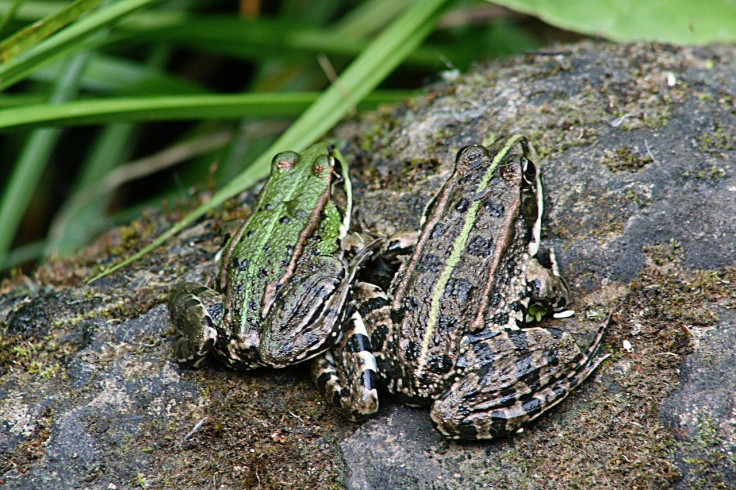Animals Evolve Their Camouflage To Be Less Symmetrical, Less Noticeable To Predators
KEY POINTS
- Animals with symmetrical markings tend to be more noticeable to predators
- Markings closer to the midline are more easily detectable
- To improve camouflage, animals evolved their markings to be less symmetrical
- The animals evolved their markings to be farther away from the midline
Is it possible for camouflage to be a disadvantage to animals? In a new study, researchers found that some animals have evolved their camouflage to be more effective at hiding them from predators.
Camouflage Disadvantage
In the animal kingdom, camouflage is one of the most widespread adaptations that help animals blend in with their environment so that others will overlook them. Many of the animals with high-contrast markings have bilaterally symmetrical camouflage. This means that their body shapes are separated by a midline, and a mirror image of the pattern can be seen on either side.
However, although the patterns help the creatures blend in with their environment, the symmetry of their markings close to the midline actually makes them more easily detectable to predators.
“Previous artificial predation experiments in the laboratory and the field had demonstrated that symmetrical coloration impedes the efficacy of camouflage,” study lead researcher Benito Wainwright said. “This is because a symmetrical midline makes the animal more noticeable to its predators who can compare closer together symmetrical patterns more easily.”
In a way, the adaptation that is supposed to protect the animals from predators is also the very thing that gives them away.
Exploiting The Loophole
For a new study published in Proceedings of the Royal Society B, researchers wanted to see whether animals have evolved a way to limit the disadvantage caused by the symmetry. To find out, the team combined field and laboratory analysis, and then conducted what’s called a “natural pattern analysis.” The team was then able to measure the markings’ distance from the midpoint of the wings of 36 moth and butterfly species.
Interestingly, the researchers found that the camouflage patterns were quite distant from the midline, reducing the patterns’ noticeability to predators. In other words, the animals have “exploited” a loophole in the way predators see their markings. By evolving the markings to be away from the midline, predators will not be able to detect their markings as easily.
“Our results have implications for the protective coloration of a wide variety of cryptically-colored animals which wish to remain undetected from both visually guided mammalian and avian predators and should, therefore, prompt further studies which aim to combine experimental work with observations of real animal colors and patterns,” Wainwright said.

© Copyright IBTimes 2024. All rights reserved.






















